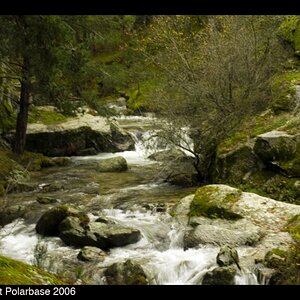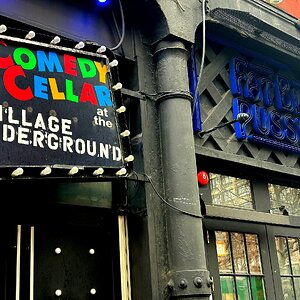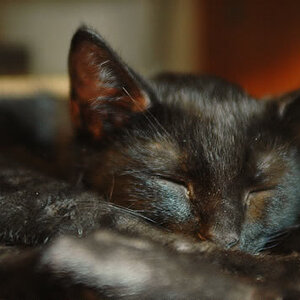Dingerkingh
TPF Noob!
- Joined
- Feb 5, 2014
- Messages
- 4
- Reaction score
- 0
- Location
- Maine
- Can others edit my Photos
- Photos NOT OK to edit
Let's say I am using aperature mode where the shutter speed is automatically picked. At first I take a picture without the flash. Then, I take a picture with the flash. Does the camera make any adjustments to the shutter speed because it knows the flash is on? Furthermore, does the camera make further adjustments to shutter speed I f you dial the flash back by a stop? More or less I am trying to take photos in which the light might be behind or to the side and I am attempting to brighten the faces. Thanks for any help!




![[No title]](/data/xfmg/thumbnail/37/37626-4a6ffc3f17ab3a8e97170fda3276640e.jpg?1619738154)
![[No title]](/data/xfmg/thumbnail/37/37628-b854997825aadb4eedaa3247baf8069f.jpg?1619738155)


![[No title]](/data/xfmg/thumbnail/32/32941-f21147be61c00828a23d6ce011d840eb.jpg?1619735773)




![[No title]](/data/xfmg/thumbnail/34/34345-5642c495cae8d6c7bb83c28664146cf1.jpg?1619736381)